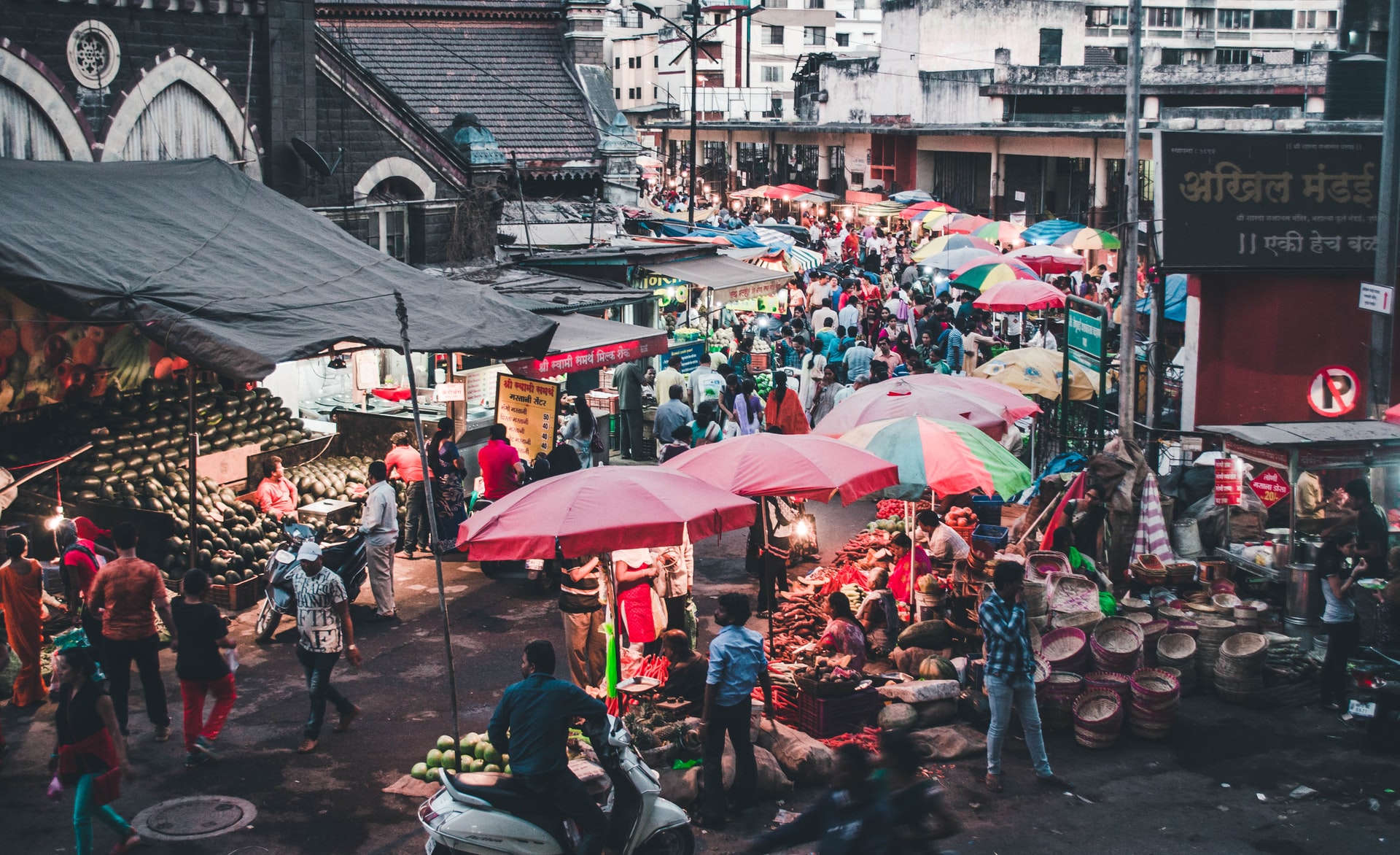Top 30+ Historical Facts About Pune You Should Know About


Rajmachi Point, Khandala, Lonavla, Maharashtra
Image Source: Photo by Sonika Agarwal on Unsplash
- Pune is India’s seventh most populated city with a population of 7.4 million as of 2020.
- Pune is the second-largest city in Maharashtra State.
- Pune has been named as India’s most liveable city several times.
- Pune is the urban core of the eponymous Pune metropolitan area, along with the municipal corporation area of PCMC, PMC, and the three cantonment towns of Camp, Khadki, and Dehu Road.
- The city was the seat of the Peshwas, the Maratha Empire’s prime ministers, and one of India’s most important political centers in the 18th century.
- The city was once ruled by the Ahmadnagar Sultanate, the Mughals, and the Adil Shahi dynasty.
- The Lal Mahal, the Kasba Ganpati temple, and Shaniwar Wada are among the historic sites present in Pune.
- The Mughal-Maratha Wars and the Anglo-Maratha Wars are two of the city’s most notable historical events.
- Pune is widely regarded as the second largest IT hub in the country.
- Pune is India’s most important automobile and manufacturing hub.
- Given the presence of a variety of educational institutions, it has also been described as the ‘Oxford of the East.’
- Savitribai Phule founded India’s first indigenously run girls’ school in Pune.
- With nearly half of the country’s total number of international students studying in Pune, the city has emerged as a major global educational hub in recent decades.
- Students and professionals from India and abroad are attracted by research institutes in information technology, education, leadership, and training.
- The oldest reference to Pune is an inscription on a Rashtrakuta Dynasty copper plate dated 937 CE. Pune town is referred as Punya-Vishaya. It had become Punawadi by the 13th century.
- Pune was known as Kasbe Pune under the rulership of Shahaji Raje Bhosale (Chhatrapati Shivaji Maharaj’s Father).
- Aurangzeb, the Mughal emperor, renamed Pune as Muhiyabad some time between 1703 and 1705 in honor of his great-grandson Muhi-ul-Milan, who died there. Shortly after Aurangzeb’s death, Muhiyabad’s name was lost.
- Anglicized to Poona by the English during British rule in 1857. The city’s name was changed to Pune in 1978.
- The Ahmadnagar Sultanate ruled Pune until it was annexed by the Mughals in the 17th century.
- Chhatrapati Shivaji Maharaj, the Maratha Empire’s founder, was born in Shivneri, about 90 kilometers from Pune.
- The Maratha Peshwas’ patronage resulted in a major expansion of Pune, with the construction of around 250 temples and bridges in the city, including the Lakdi Pul and the temples on Parvati Hill.
- In Pune, Hinduism is the most widespread faith. Islam, Christianity, Sikhism, Buddhism, Jainism, and Zoroastrianism are among the other faiths with a significant presence.
- After losing Maratha forces at the Battle of Panipat, the Peshwa’s clout in India dwindled, but Pune retained power.
- With the defeat of Peshwa Bajirao II by the British East India Company in 1818, the Peshwa reign came to an end.
- At the Battle of Khadki on 5 November near Pune, the Peshwas were defeated, and the city was seized by the British.
- Pune saw significant growth after India’s independence from the British in 1947, transforming it into a modern metropolis.
- In 1950, the Poona Municipal Council was reorganized to form the Pune Municipal Corporation (PMC).
- With the establishment of the University of Pune in 1949, the education sector in the city continued to flourish in the post-independence period.
- The University of Pune has been renamed to Savitribai Phule Pune University.
- Several distinct suburbs of Pune include the numerous peths of the old city on the eastern bank of the Mutha river, the cantonment areas of Khadki and Camp, which were built by the British, and so on.






